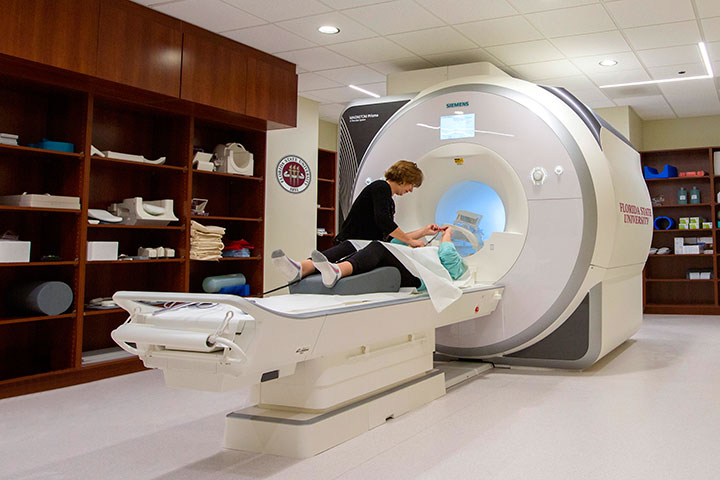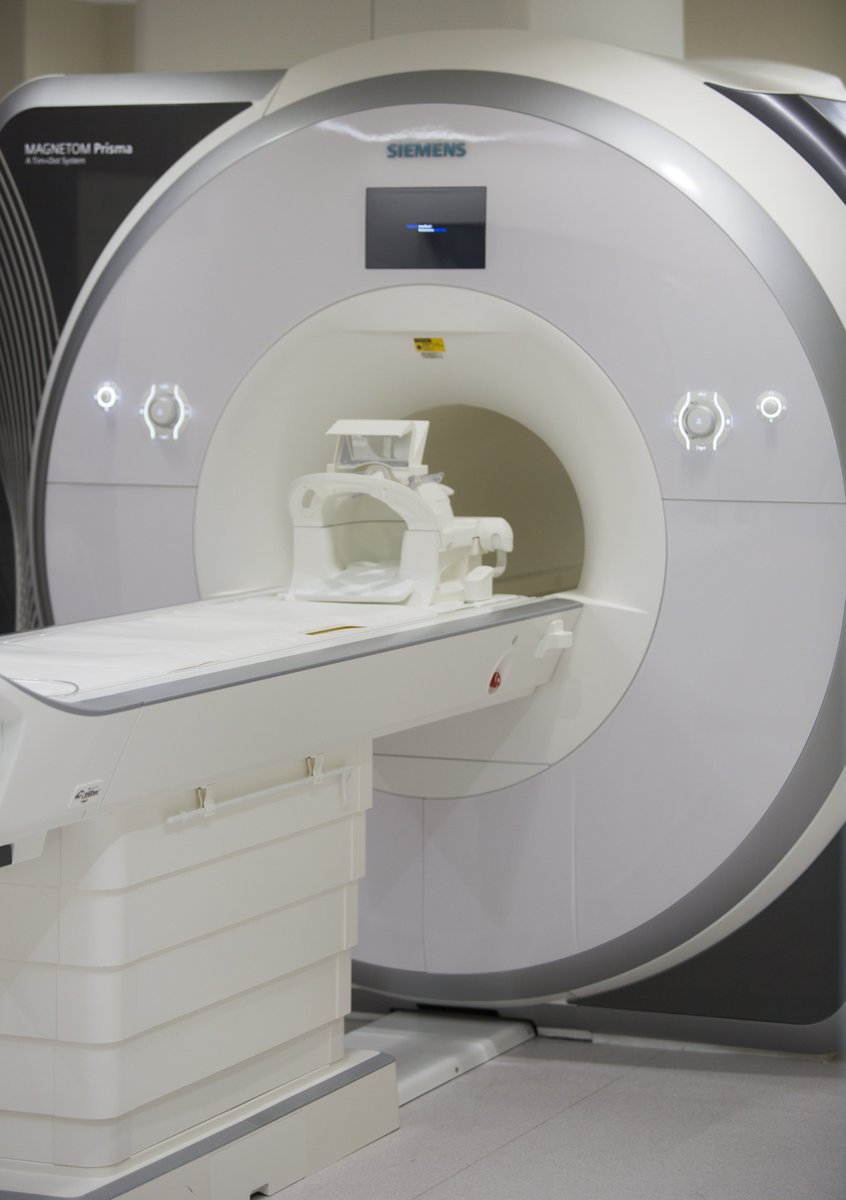https://floridastate.forums.rivals.com/threads/hotel-boom-set-to-bring-more-than-1-000-new-roms-to-tallahassee.161067/
http://www.tallahassee.com/story/money/2016/10/27/hotel-developers-show-interest-tallahassee-market/92730594/
"Tallahassee may usher in seven new hotel projects and a massive mixed-use development with built-in hotel rooms — injecting more than 1,000 new rooms in the area.
Hotel projects span the city and county, including downtown. The largest proposed project is Washington Square Tallahassee with 200 to 250 rooms, 75,000 square feet of office space, up to 20,000 square feet in retail space and residential units on Calhoun and Jefferson streets.
The College Avenue Hotel would shoot up to 16 stories on West College Avenue near Duval Street. Other hotels include Hampton Inn & Suites, Tru Hotel by Hilton Tallahassee, Drury Inn & Suites, Radisson Hotel and Hyatt Place Hotel. They represent a mixture of midscale, upscale and boutique hotels.
"The sheer numbers, this is very strong activity,” said Ed Young, a deputy director with the Tallahassee-Leon County Office of Economic Vitality.
And more are expected. None of them make the convention hotel mark Tallahassee has craved for years. Still, the timing couldn't better.
More visitors are flocking to the capital city and staying longer. In 2015-2016 fiscal year, there were 515,801 visitors compared to 509,705 visitors the year before, a 1.2 percent increase. The local occupancy rate, 65.9 percent, rose 9.3 percent in the 2015-2016 fiscal year compared to the 2014-2015 fiscal year.
Hotel bed-tax collections have grown from $1,267,483 in the 2014-2015 fiscal year to $1,274,908 in the 2015-2016 fiscal year.
"We see it as a fairly consistently strong market,” said Kevin Mahoney, president of the Kana Hotel Group in Lutz, located in Hillsborough County. His hotel development company is behind Tru Hotel. He noted strong indicators for coming to Tallahassee: government, universities and corporate presence."
"Developers say Tallahassee is becoming an attractive city for new hotels for a few reasons.
The hospitality industry is growing and playing catch up. And financing is more readily available, said Will Butler, president of Real Estate InSync.
Butler, an asset manager who's working on large-scale projects in Collegetown, said developers in the past have been discouraged by low room rates. In the 2015-2016 fiscal year, Tallahassee's average room rate was $89.50 per night compared to $87.75 per night in the previous year — a 2 percentage increase.
“With Hotel Duval and Aloft, they proved that if you built a nicer product in downtown Tallahassee it would work,” Butler said. "The developers are interested because the market appears to be ready for more product that appears to be feasible."
In addition to an increasing market, Butler said another contributing factor to the hotel activity is the need to replace older inventory.
Kerri Post, the recently hired executive director of Visit Tallahassee, a division of Leon County, said this is an exciting time in local tourism and hotel development is intimately connected. Tallahassee's bed tax collections have increased 59 percent in seven years, which exceeds the state's 42 percent increase during the same period."
"For several years, Florida State University has been working on plans to build an "arena district" that envisions a convention hotel, athletic training facilities, shopping and a site for FSU's Dedman School of Hospitality. The project, which borders FSU's proposed Madison Mile project, spans from Doak Campbell Stadium to the now FSU-owned Civic Center.
Contact TaMaryn Waters at tlwaters@tallahasse.com or follow @TaMarynWaters on Twitter.
Here's a look at proposed hotel development:
Project name: Hampton Inn & Suites
Details: Six-story, 124-room hotel on 1.93 acres.
Project status: Clearing site. Building permit under review.
Project Name: Tru Hotel by Hilton
Details: Four-story, 90-room hotel on 1.72 acres.
Project status: Approved.
Project Name: Drury Inn & Suites
Details: Seven-story, 180-room hotel on 2.73 acres.
Project status: Approved.
Project Name: Holiday Inn
Details: Demolition of 59,481 square foot office building, new construction of a four-story, 103 room hotel on 2.19 acres.
Project status: Approved.
Project Name: Radisson Hotel
Details: Renovation of 76 rooms in the main building on 12.99 acres.
Project status: Approved.
Project Name: College Avenue
Details: Construction of a 14- to 16-story hotel with 140 to 168 rooms on .27 acres.
Project status: Pre-Application.
Project Name: Hyatt Place Hotel
Details: Demolition of existing restaurant building (former Lucy Ho's). Construction of four-story, 145-room hotel on 3.28 acres.
Project status: Pre-Application
Project Name: Washington Square Tallahassee
Details: Mixed-use building with 75,000 to 90,000 square feet of office space, 15,000 to 20,000 square feet of retail and 200 to 250 room hotel and residential units on 1.33 acres.
Project status: Pre-Application.
Source: Office of Economic Vitality

![[IMG]](https://s3.amazonaws.com/cdn.rivals.com/forum-images/41/581801842f4e2-contact.jpg)






![[IMG]](https://pbs.twimg.com/media/CvQJ6laXYAAMYx8.jpg)

